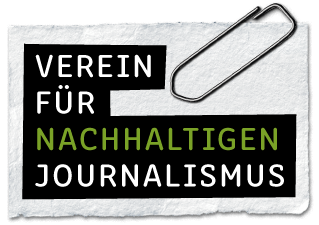When finally completed, the eight blocks in Lubmin were each supposed to deliver 440 megawatts of energy. Although block 5 was already completed and put into trial operations in 1989, the end of the electricity suppliers came about quickly after German reunification. Block 6 had already been outfitted, only the nuclear fuel was still missing. Between the start of operations of Block 1 in 1973 and today were the nuclear disaster in Chernobyl and the collapse of the East Germany. The reasons why the new and therefore western government no longer wanted to operate Lubmin after the wall fell are still not entirely clear. Confidence in nuclear energy clearly suffered. Even though the nuclear power plant in Greifswald wasn't a graphite reactor like that in Chernobyl but rather a pressurised water reactor, it still consisted of Soviet technology. This made the citizens and politicians distrustful after the disaster in Ukraine. Lublin was shut down in 1990, and in 1991 development of a decommissioning concept began. The first step was a physical and radiological inventory of all components. Four years later, the interior ministry of Mecklenburg-Western Pomerania officially approved the decommissioning concept. The nearly 70,000 inhabitants of the town of Greifswald weren't poor during the GDR times, and this wasn't just because of the university. The economic engine of the Hanseactic city of Mecklenburg-Western Pomerania was its nuclear power plant. In its heyday, 5,000 people earned their salary from the nuclear power plant and a further 10,000 on the building sites for the reactor blocks and in the engine house. It's closure was a bitter blow to the economic development of this area. But the future has begun – with new companies that have moved into the decontaminated buildings. "The disused nuclear power plant now provides a home to sustainable technologies. This, too, is a part of the history of the nuclear power plant," says Gudrun Oldenburg, the deputy in charge of public relations, with a playful grin. As she openly admits: "I don't feel anything towards nuclear energy. But at the same time, our family lived off the nuclear power plant in Greifswald."
The orderly decommissioning of the nuclear power plant of is the first of its kind in the world with a nuclear reactor of this size. 1.8 million tonnes of material will be disposed of. State and federal authorities, such as the Federal Office for Radiation Protection had to first set out a framework, and it is observed by the 700 employees of Energiewerkes Nord (EWN), who still work here. The top priority: only as much material as is absolutely necessary should be permanently disposed of. Using various technologies, the workers try to free the former building material from any radioactivity, provided that it is not too strongly contaminated. Even though dismantling their former workplace is a strange situation for many of the remaining employees, ENW is glad to have them: their skills are invaluable. In the meantime, even this strange feeling of destroying their own workplace disappears. First, the process of decommissioning a nuclear power plant takes longer than building one. And second, the knowledge that you acquire is sought after by numerous nuclear energy authorities, as well as the IAEA (International Atomic Energy Agency). The people from Greifswald are especially in demand to act as consultants in the decommissioning of nuclear power plants in Eastern Europe.
Everything is registered
Before the workers could even start with the decommissioning, the nuclear fuel first had to be removed. It was a huge help that the reactor components for Blocks 7 and 8 had already been delivered, that the blocks were still far from being set up and that Block 5 was still only in trial operations. "Our employees did dry runs on these reactor internals, which were intended for Block 7, for example," explains Gudrun Oldenburg. The fact that the workers were familiar with the nuclear power plant prevented unpleasant surprises. Despite this, dismantling the reactor pressure vessels and their internals was a challenging task, and it was done remotely because of the strong radioactive components. Meanwhile, the fuel rods are protected in Castor containers and shielded in an interim storage facility at the site of the nuclear power plant. At the same time that decommissioning began, the interim storage facility had to be considerably enlarged, the workshop newly set up, and a surface surveillance monitoring facility for the storage of the cleaned components had to be built.
In other words: decommissioning also meant a few new buildings. Decontamination work must be done very carefully. Just like when a nuclear power plant is in operation, the radiation, which effects employees and visitors alike, is carefully measured with dosimeters. This procedure even applies to a journalist's camera. Visitors to the workshop have to change their clothes, even their underwear.
The measurements are also important for the systematic decommissioning. First come the less contaminated parts of the series, which are easy to process, followed by the more heavily contaminated materials. Each component is given its own microfiche, i.e. its own identity number, a description of the material's previous function and further information. When it is later taken apart or dismantled, its 'descendants' are also given their own microfiche. "Not even a lump of sugar can fall from the table without being registered," says Gudrun Oldenburg laconically. Around two thirds of the materials are not contaminated, and one third is contaminated or suspected of contamination. If they are highly radioactive, then end up in the interim storage facility.
If the materials are cleaned of all radioactivity, they can be put back into circulation.[i] This last decision takes place in the surface surveillance monitoring facility. Then the last entry in the microfiche mentions if the component has been sold to a scrap dealer or disposed of in an ordinary landfill. The aim is that no more than 10,000 tonnes of material ends up in a repository at the end.
By the end, the costs will have run significantly well over four billion euros. But this is far from being the end: the interim storage facility has to continue to be heavily guarded because highly radioactive waste is stored here. Even anti-tank barriers are installed outside of the fence. "Both are important: safety as well as security," explains Gudrun Oldenburg. "Safety refers to radiation protection, while security protects against the possibility of highly radioactive substances being removed from the facility or unauthorised access to it."
Read more:
Paul Bossart, Earth Scientist, Switzerland: "It's about credibility and transparency."






